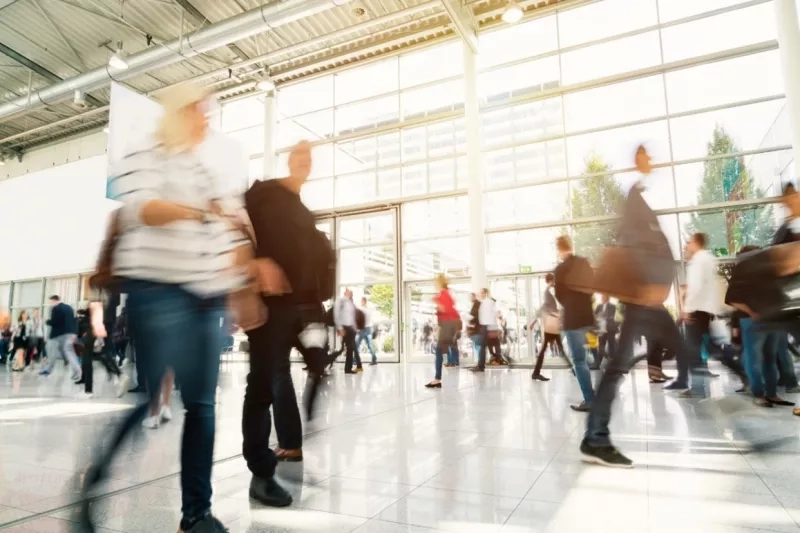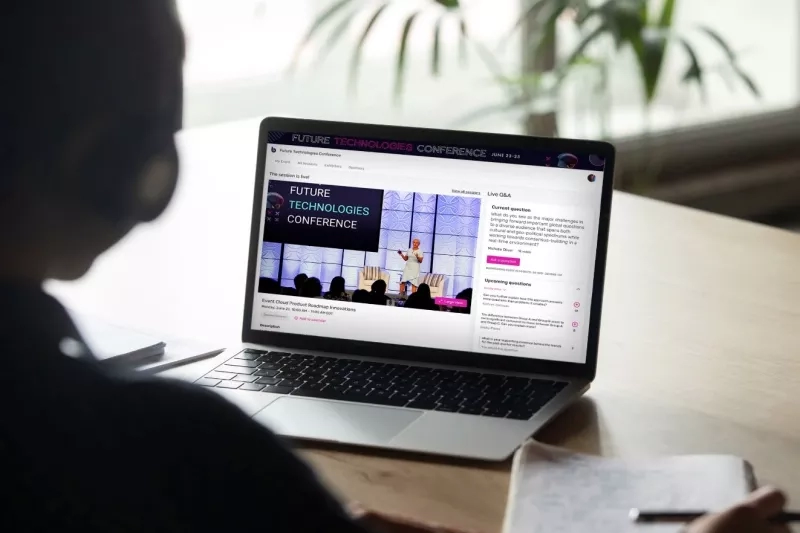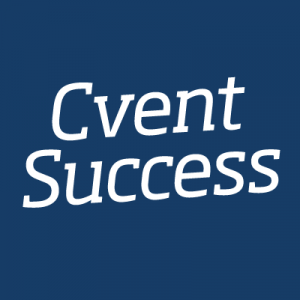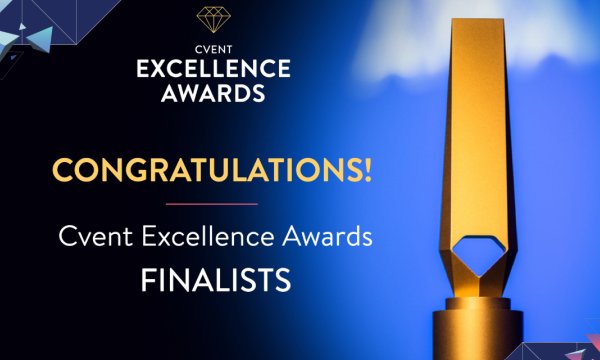Why are we talking about Accessibility?
According to the United Nations, around 15 percent of the world’s population, or estimated 1 billion people, live with disabilities. So, it makes sense that we want to make our personal and professional lives accessible, and that includes your events! This Blog series is here to raise awareness, education and spread positive improvements for everyone. You don’t know what you don’t know, and that’s okay!
When we think of accessibility, we maybe first think of mobility and access needs but there is so much that we can do to make our events accessible for everyone! During this series we will be considering accessibility for Mobility, visual and hearing impairments, as well as Cognitive disabilities, Neurodivergent Conditions, and mental health conditions.
Making your events and venues accessible doesn’t mean additional costs or “cost the world” with your company’s sustainability efforts. It’s the little things that can truly make the difference from the registration process, all the way down to post-event engagement.
Making Sure your Venue is Accessible for everyone
You’ve got an idea of what you want your event to be about, you’ve been given your budget and you’re confident on the anticipated number of attendees you expect to attend. Now, we need to somewhere to host your event! Whether the event is sourced via the Cvent Supplier Network, or through a trusted partner you have a long term relationship with, we should be mindful of the different types of accessibility and how we can implement this when choosing the venue.
We can make sure the venue has multiple accessible entry and exit options, such as step-free entry, escalators, and lifts. If the venue specifies, they have a ramp entrance, let’s check that it isn’t behind the back for deliveries or refuse bins
We want ALL our attendees to have the same experience and that includes how they gain access to your event. We also want to ensure that where your event or meeting is being hosted within the venue, is also step-free inside too, a small difference that can have a massive impact on your attendee’s experience.
For those who are deaf, have hearing loss or tinnitus, in-person events can be difficult. According to RNID, 1 in 8 people of working age have hearing loss, which may have an impact on their communication, productivity and wellbeing. Does your venue have Induction/hearing Loops? If not, maybe we can work on offering other Assisted Listening Technology or provide Captioning in the room or via a 3rd party supplier such as Wordly!
- Provide free tickets for attendee carers. We can add them as guests to the event and assign them the same agenda as what the attendee has chosen – You can find more information here
- Is there a service animal area?
- Are they offering Sign Language Services?
- Do they have Induction Loop functionality?
- Do they have check-in counters that have different heights? We want to make sure that everyone can reach the table or device to be able to check-into your event!
Make a conscious choice of accessible seating at your event and ask yourself the following:
- Does your seating have backs to them?
- Are there spaces for wheelchair users to join the row without being in the middle of the aisle?
- Are there reasonable gaps between rows for people to access seats?
- Exits from both sides of the row of seats
Making Sure your Virtual Event Platform is Accessible
Not all events are hosted in person, but this doesn’t mean we can’t make the event accessible for your attendees, speakers, and exhibitors! When deciding on which virtual platform you will be using for your event, it’s important to know what accessible options are available. It’s also important to understand people’s accessibility needs in advance, be sure to add accessibility needs in the registration form or pre-event survey and include Speakers and Exhibitors accessibility needs too.
Here are a few ideas!
- Is there closed caption functionality? Not sure what Closed Captioning is? You can find out more in this handy article - Virtual Session Captioning 101
- Is the platform screen reader compatible?
- Are there multiple ways of communication including non-verbal ways to communicate? Such as Session Chat, Exhibitor Chat & "Contact Us" Lead Capture & Live Q&A
- Can you attach the presentation, documents and links to the session beforehand?
- Can you add written answers to Live Q&A, as well as verbal answers?
Training your Onsite and Remote Staff on Accessibility
It’s important that your onsite and virtual staff are trained on accessibility, making sure that everyone involved have the best experience. You can work with your HR department on conducting a training with employees on a high level on accessibility or on a per event level.
If attendees are bringing carers, think about adding a subtle indicator on the badge and train onsite staff, so they can identify the specific accessibility needs and offer additional help if needed.
Prepare your staff on what to do if an attendee, speaker or guest may be hard of hearing and what options we have to assist, such as a specific digital device to communicate via written communication
Make sure all your staff know where all the accessible areas onsite such as disabled bathrooms, quiet zones, accessible emergency exits etc.
For virtual staff, ensure they know all of the accessible options you have adopted for your event – we find a FAQ page on verbiage shared before the event/sessions is super handy. Covering all the top asked questions such as if there will be a recording and transcript of the event, will the presentations be shared after the event, how to troubleshoot technical issues or using any add-ons you have opted to use
This doesn’t apply to your attendees alone; we should also be conscious of speaker and exhibitor accessibility needs. This can start at the very beginning of the event planning stage, do they need to have written instructions on what to expect, will there be session dry runs, Room and exhibition hall layouts.
What’s Next?
We will be releasing the next addition of this blog series on a weekly basis! Check out part 2 on pre-event thoughts for attendees here!














